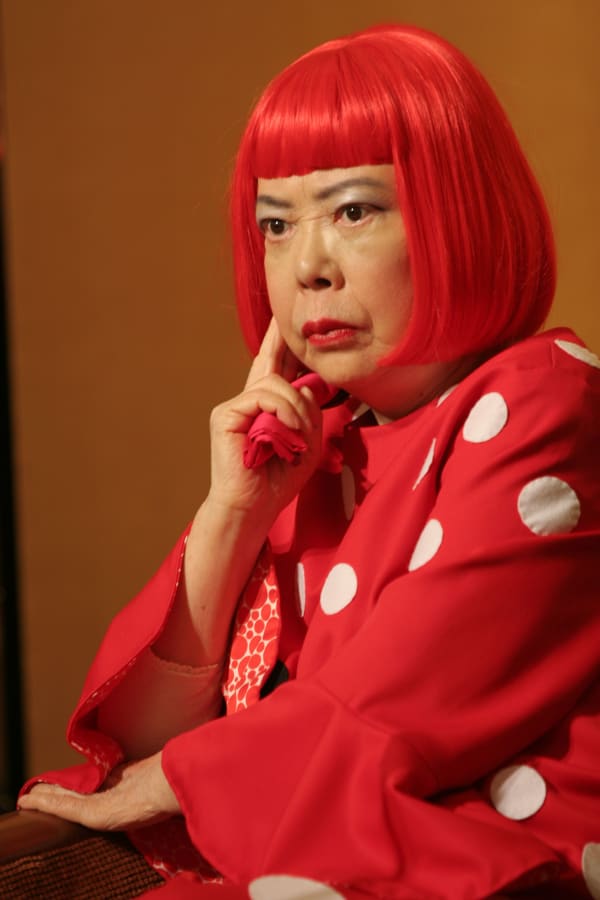-
 Yellow Dust in Dunhuang, 1990Acrylic on canvas, 162.1 × 130 cm (63 3/4 × 51 1/4 in.)© Yayoi Kusama. Image reproduced for educational and informational purposes only.
Yellow Dust in Dunhuang, 1990Acrylic on canvas, 162.1 × 130 cm (63 3/4 × 51 1/4 in.)© Yayoi Kusama. Image reproduced for educational and informational purposes only. -
"With just one polka dot, nothing can be achieved. In the universe, there is the sun, the moon, the earth, and hundreds of millions of stars.”
– Yayoi Kusama
The Dunhuang reference situates her repetitive marks within a broader dialogue with Buddhism, pilgrimage, and artistic tradition, while the vast yellow surface evokes both the materiality of the desert and the metaphysical weight of infinity. The result is a mature painting that bridges the personal, the historical, and the infinite, underscoring how Kusama’s work transcends individual experience to resonate on a universal scale.



